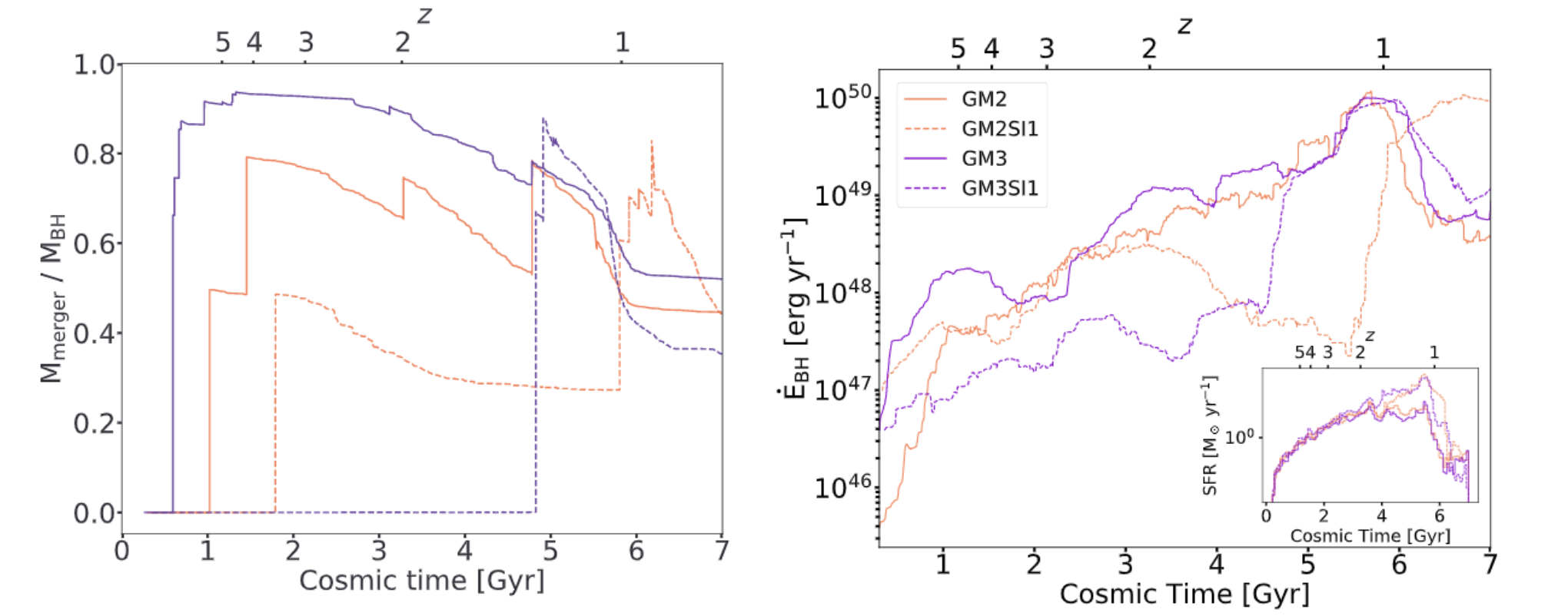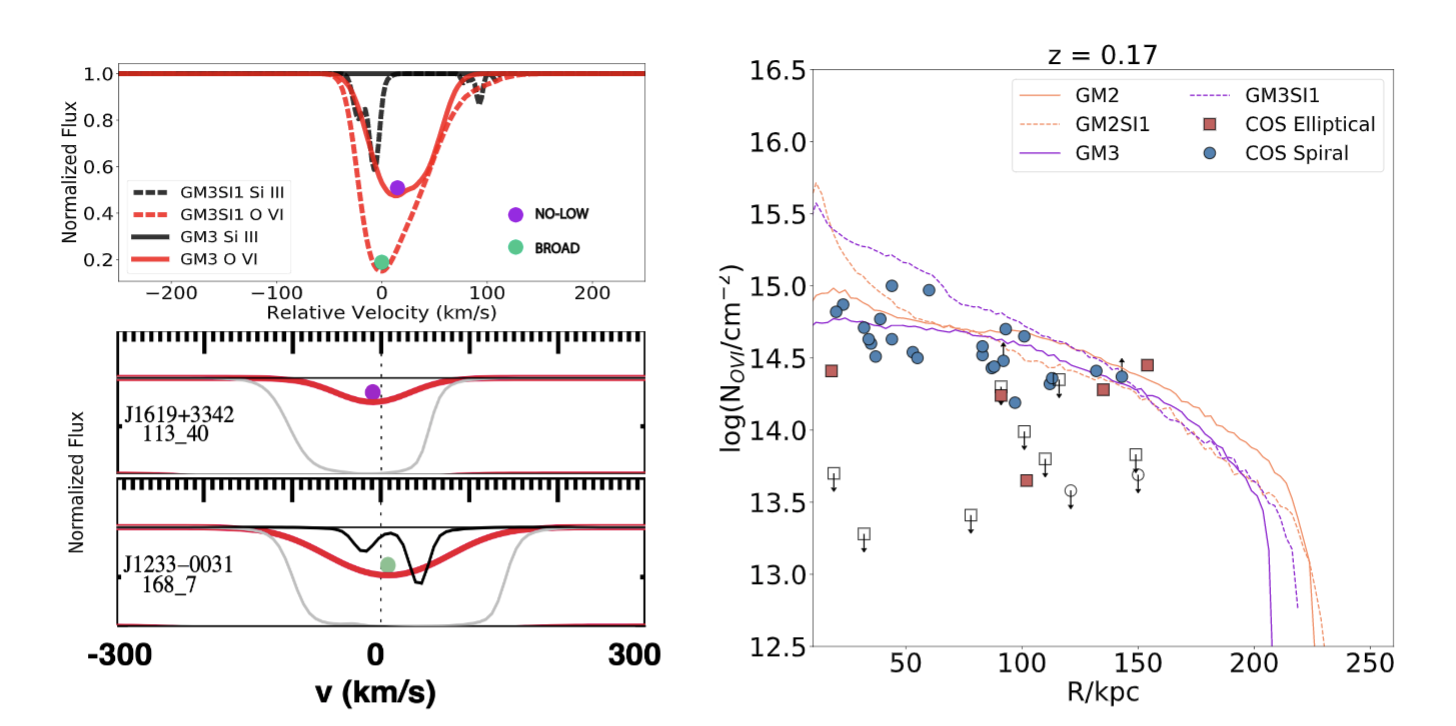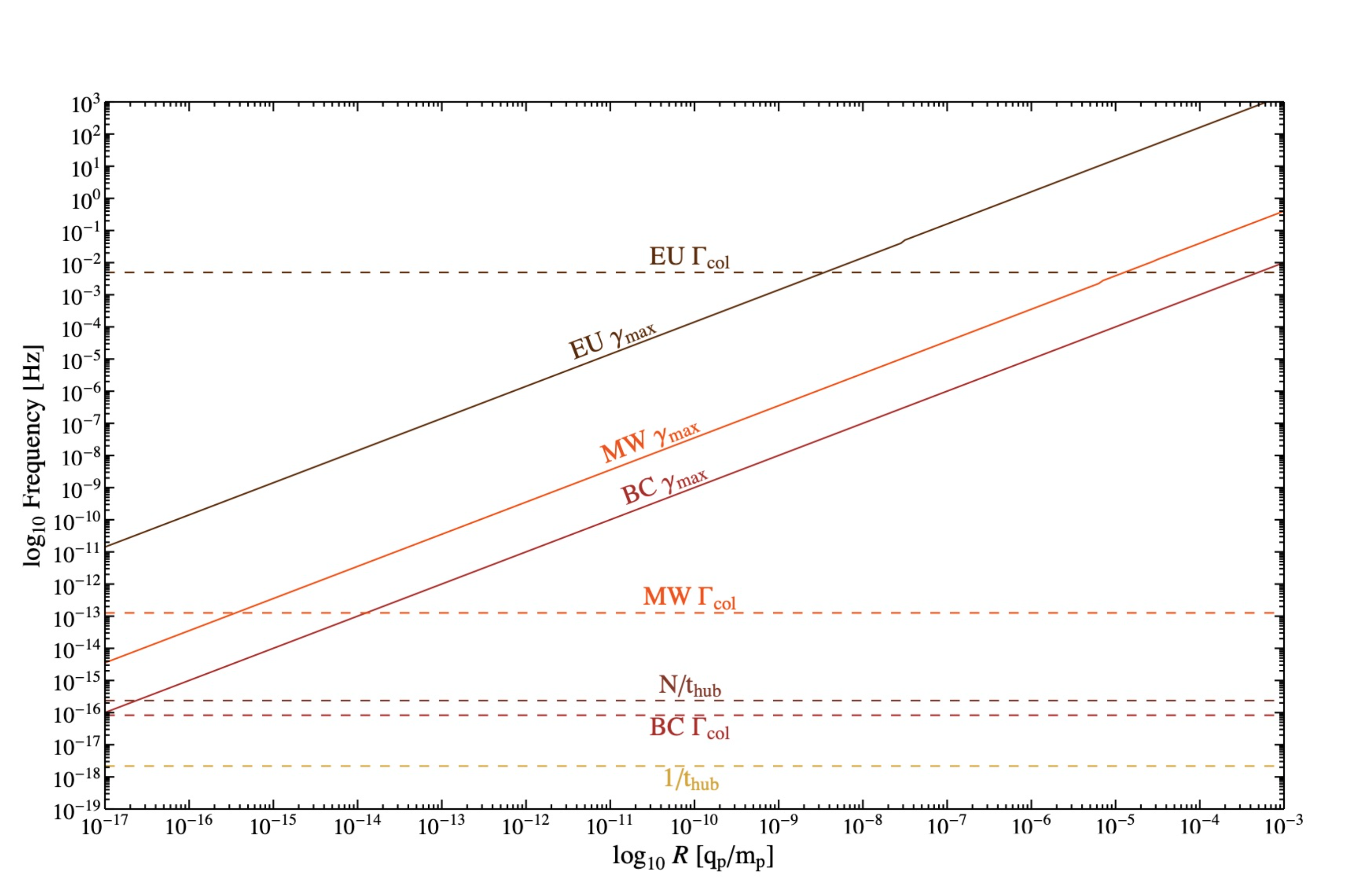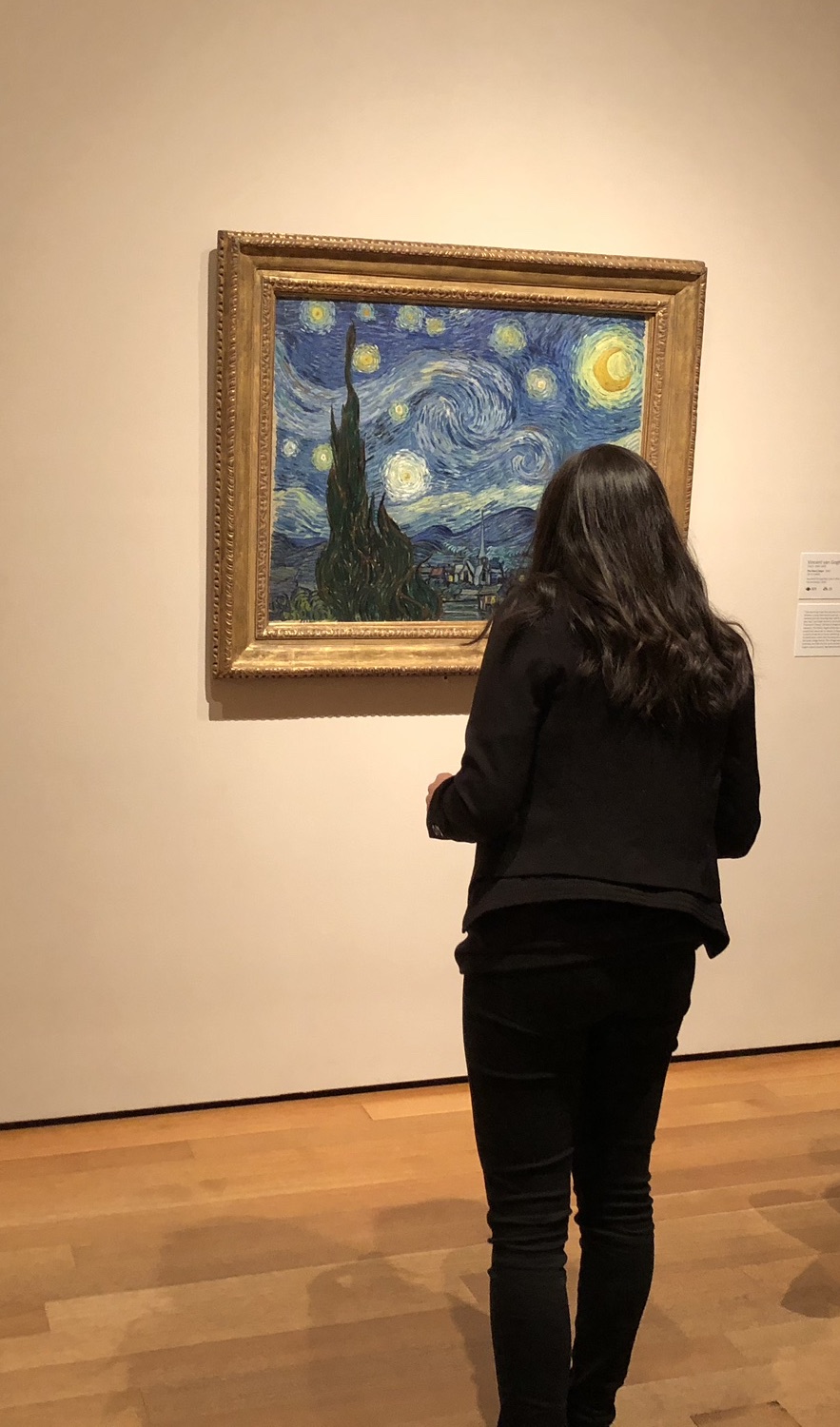Akaxia Cruz
Physics PhD candidate, NSF Graduate Research Fellow,
University of Washington
-
Research
Astrophysical implications of non-standard dark matter
-
Curriculum Vitae
-
Contact
admcruz [at] uw.edu
Physics PhD candidate, NSF Graduate Research Fellow,
University of Washington
Astrophysical implications of non-standard dark matter
admcruz [at] uw.edu




I will discuss the impact of self-interacting dark matter on the formation and growth of supermassive black holes, and upcoming surveys and space probes that will allow us to examine DM in a new way.
■ indicates invited talk
Beyond my research interests, I am passionate about making physics and astronomy more equitable in its practices. In 2016, I worked with Girls Inc of Metro Denver to help design and launch a 5-year program to mitigate attrition of historically excluded girls from the STEM fields. During this time, I helped write a STEM guide for girls and women in collaboration with Dr. Violeta Garcia. I continue to volunteer and work with Girls Inc of Metro Denver. During graduate school I have helped to start two registered student organizations, Physicists for Inclusion and Equity (PIE) and Graduate Students of Color in Astronomy and Physics (GCAP), in which I am currently an officer.


Bueno! I am a fifth year PhD candidate and NSF Graduate Research Fellow in the Department of Physics at the University of Washington. My research lies at the intersection of galaxy formation, dark matter physics, and cosmology. These days, I am particularly interested in examining the influence of self-interacting dark matter on the formation and growth of supermassive black holes using hydrodynamics simulations, but I have dabbled in some other areas of physics, including examining milli-charged dark matter using analytic and numerical methods. Other miscellaneous facts: